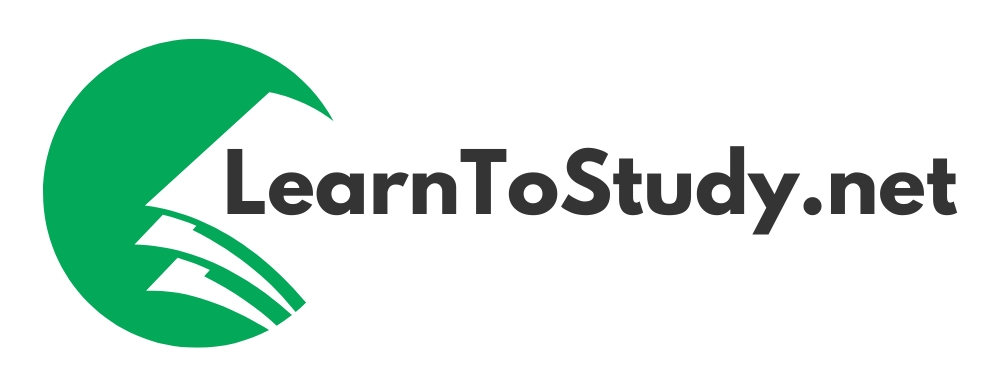
Language, since time immemorial, has been humanity’s bridge to understanding the world. For some individuals, words are more than just a communication tool; they’re a fundamental way of understanding and processing information. Enter the realm of verbal-linguistic learning, where the power of words takes center stage.
Unraveling Verbal-Linguistic Learning
At its core, verbal-linguistic learning, commonly known as “verbal learning”, revolves around the use of words, both in speech and writing, to assimilate and convey information. This learning style is one of the intelligences identified by Howard Gardner in his multiple intelligences theory.
Individuals with a strong verbal-linguistic intelligence tend to excel in activities that involve reading, writing, listening, and speaking. They have a penchant for playing with words, crafting stories, and grasping complex information through linguistic mediums.
Key Traits of Verbal-Linguistic Learners
- Love for Reading and Writing: These learners gravitate towards books, articles, journals, and any form of written content. They often express themselves eloquently through writing.
- Auditory Strengths: Listening to lectures, discussions, or audiobooks can be particularly effective for them, as they can process and retain information presented orally.
- Affinity for Word Games: Crossword puzzles, scrabble, or any game that challenges their vocabulary and linguistic prowess is right up their alley.
- Skilled at Debates and Discussions: Engaging in verbal exchanges allows them to process information, solidify their understanding, and articulate complex ideas.

Enhancing Verbal Learning in Educational Environments
For those aiming to cater to verbal learners or leverage this learning style, several strategies can be highly beneficial:
- Engage in Group Discussions: Encourage group dialogues, debates, or discussions. This allows verbal learners to vocalize their understanding and clarify doubts.
- Utilize Audiobooks and Podcasts: These auditory mediums can be a goldmine for verbal learners, offering them a chance to learn on the go.
- Encourage Journaling: Writing down thoughts, summaries, or reflections can help in consolidating information.
- Leverage Mnemonics and Rhymes: Verbal learners often benefit from using rhymes, mnemonics, or catchy phrases to remember facts or sequences.
Overcoming Potential Hurdles
Like every learning style, verbal-linguistic learning has its challenges:
- Over-reliance on Words: Verbal learners might sometimes miss out on non-verbal cues or struggle with subjects that require spatial or kinesthetic understanding.
- Distraction in Noisy Environments: A disruptive auditory environment can hinder their concentration and retention.
To address these challenges, it’s essential to provide a balanced learning atmosphere. Incorporating visual aids, hands-on activities, or silent study times can offer a holistic educational experience.

Channeling Verbal-Linguistic Strengths Beyond Academics
Beyond the classroom, verbal-linguistic skills have a plethora of applications:
- Effective Communication: In both personal and professional arenas, the ability to articulate thoughts clearly is invaluable.
- Career Avenues: Professions in journalism, content creation, public speaking, teaching, and law often require strong verbal-linguistic skills.
- Personal Development: Engaging in activities like reading, writing, or even participating in local debate clubs can foster growth, confidence, and critical thinking.
Conclusion
Verbal-linguistic learning is a testament to the incredible power of words and language in shaping our understanding of the world. Recognizing and nurturing this style can pave the way for academic triumphs and life successes.
For those naturally inclined towards this learning style, it’s a reminder of the linguistic gifts they possess. For others, it offers a chance to appreciate and tap into a different mode of comprehension. As we continue to explore the spectrum of learning, it’s evident that each style, with its uniqueness, enriches the collective landscape of human learning.

